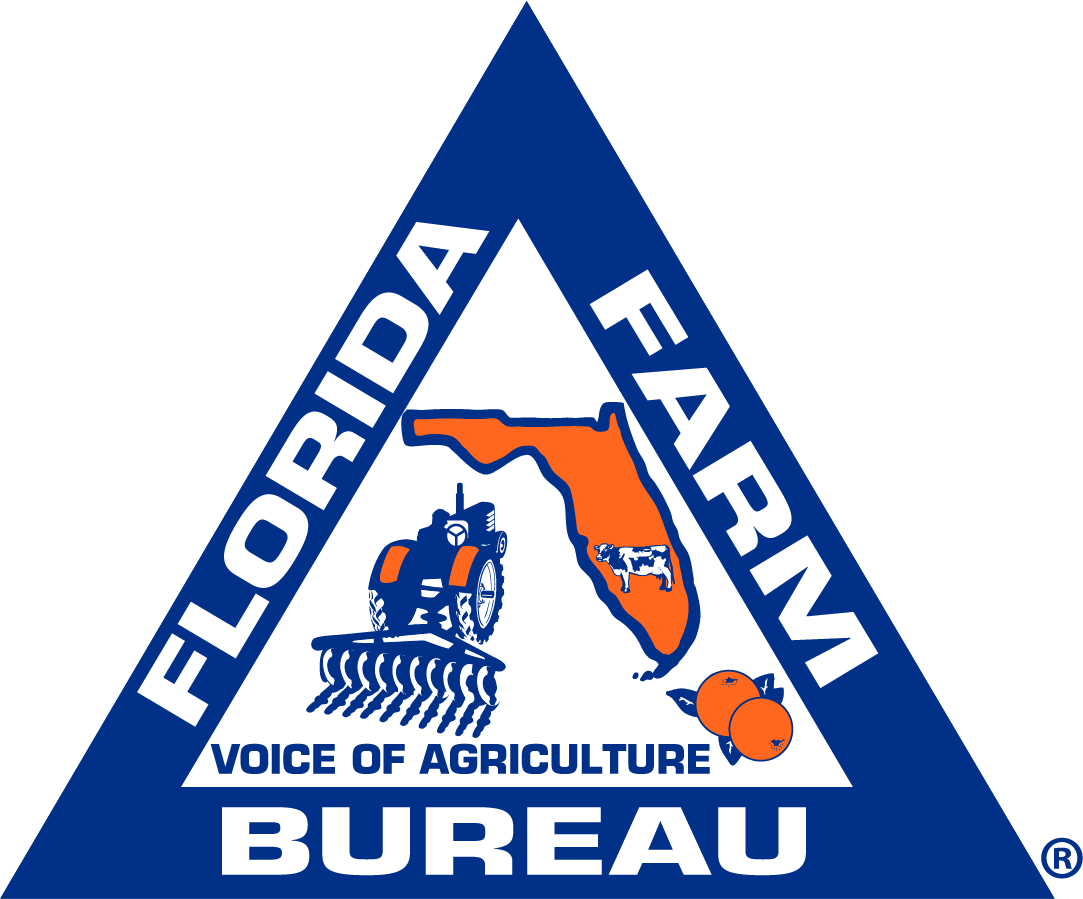Sept. 14, 2015
What could be more commonplace than a peanut butter sandwich or a bag of peanuts at the ball park? If you live in the southern U.S., boiled peanuts are also readily at hand.
The widespread consumer appeal of peanuts and peanut products makes them anything but ordinary.
The average consumer across the nation eats more than six pounds of peanut products each year, according to figures compiled by the American Peanut Council, an umbrella trade association representing growers, processors and food manufacturers.
Sixty percent of the total domestic harvest is processed into peanut butter. This popular food is consumed in 94 percent of all households.
Patrick Archer, president of the council, described the combination of peanuts and peanut butter as a staple in the U.S. diet. “It is a very versatile product,” Archer said. “You can have it as a snack food, you can have it as a main protein in a meal and you can have it in desserts. You are eating something that tastes great and is also good for you.”
Research has verifies the nutritional qualities of these foods. One ounce of nuts or two tablespoons of peanut butter can provide 15 percent of the protein and almost half of the vitamins recommended for an adult’s daily growth and health maintenance by the U.S. Department of Agriculture and the U.S. Department of Health and Human Services.
Robert Parker, president/CEO of the National Peanut Board, a marketing organization funded by growers, said peanut butter has a special attraction for most consumers. “They love peanuts, but they have a real strong emotional attachment to peanut butter,” Parker explained.
“They say ‘I love peanut butter. I grew up with it.’ We want to make sure that the millennial generation also has this love for peanut butter and that their children are taught to have a love for peanut butter.”
Peanut butter producers expect the food to gain even more prominence in U.S. households in the future. Maribeth Burns, vice president at the J. M. Smucker Company, a major supplier with the Jif brand, said, “We believe there will be continued growth in the peanut butter category, as consumers are seeking affordable and delicious plant-sourced protein.”
Company officials report that Jif has a 46 percent share of the domestic market.
The firm has already introduced new products to meet consumer preferences. A light peanut butter spread now available serves as the key ingredient for dipping and snacking. Another item combines pretzels with single serve cups of peanut butter.
More options will be forthcoming. “We continue to explore great new product extensions in the category,” Burns said.
The development of peanut varieties with high oleic acid has bolstered the food’s marketing punch. These varieties contain approximately 80 percent oleic fatty acid, compared with 70 percent in olive oil and 50 percent in other peanuts. Diets that include a high oleic fat content have been associated with a reduced risk of cardiovascular disease.
Anne-Marie DeLorenzo, strategic sourcing manager for Mars Chocolate, said the business will adopt high oleic peanuts exclusively for several products by 2017. This effort is intended to insure a future of demand for peanuts, DeLorenzo explained.
“We have put a lot of time and effort and resources in getting the U.S. farmer and the peanut industry to grow all high oleic peanuts,” she said. Such varieties have a long shelf life in addition to health benefits, reinforcing their value. “That is a good step forward for the peanut industry and definitely for Mars.”
Along with a change in the basic ingredient, the company is preparing new items to match consumers’ evolving choices. This year, for example, Mars will launch a new Goodnessknows Snack Square with a peanut and apple combination.
Peanuts generate an important economic impact in states where they are grown. They are a primary source of income for many farmers in Florida, Georgia and Alabama. Together, they grow nearly 70 percent of the domestic crop, although the plant is cultivated from Virginia through the nation’s southern rim to California. The total value of the harvest exceeds $2.3 billion annually.
U.S. Department of Agriculture data indicate that peanuts are planted on 175,000 acres in the Sunshine State and create a farm gate commodity worth $235 million each year. Florida’s sandy soils yield bright hulls, an important feature for in-shell sales.
Farmers from Marion County to the Panhandle grow the crop and, in turn, help support local economies. For example, researchers at the University of Florida’s Institute of Food and Agricultural Sciences have determined that peanut farms in a 13-county area of the state’s north central region generate more than $39.3 million in annual wages, salaries and benefits. These farms also contribute more than $8.2 million in local, state and federal tax revenue.
The production skills of farm families make a consistently abundant crop, contributing to reasonable prices at the retail shelf.
For most consumers, peanuts and peanut products will continue to be relatively inexpensive, enjoyable sources of protein. As Archer noted, “We are very proud of the fact that we grow a crop that is economical so that people from all socioeconomic levels can afford the product and benefit from its nutritional value.”
For a list of tempting recipes, visit http://peanutpower.org/recipes/.

